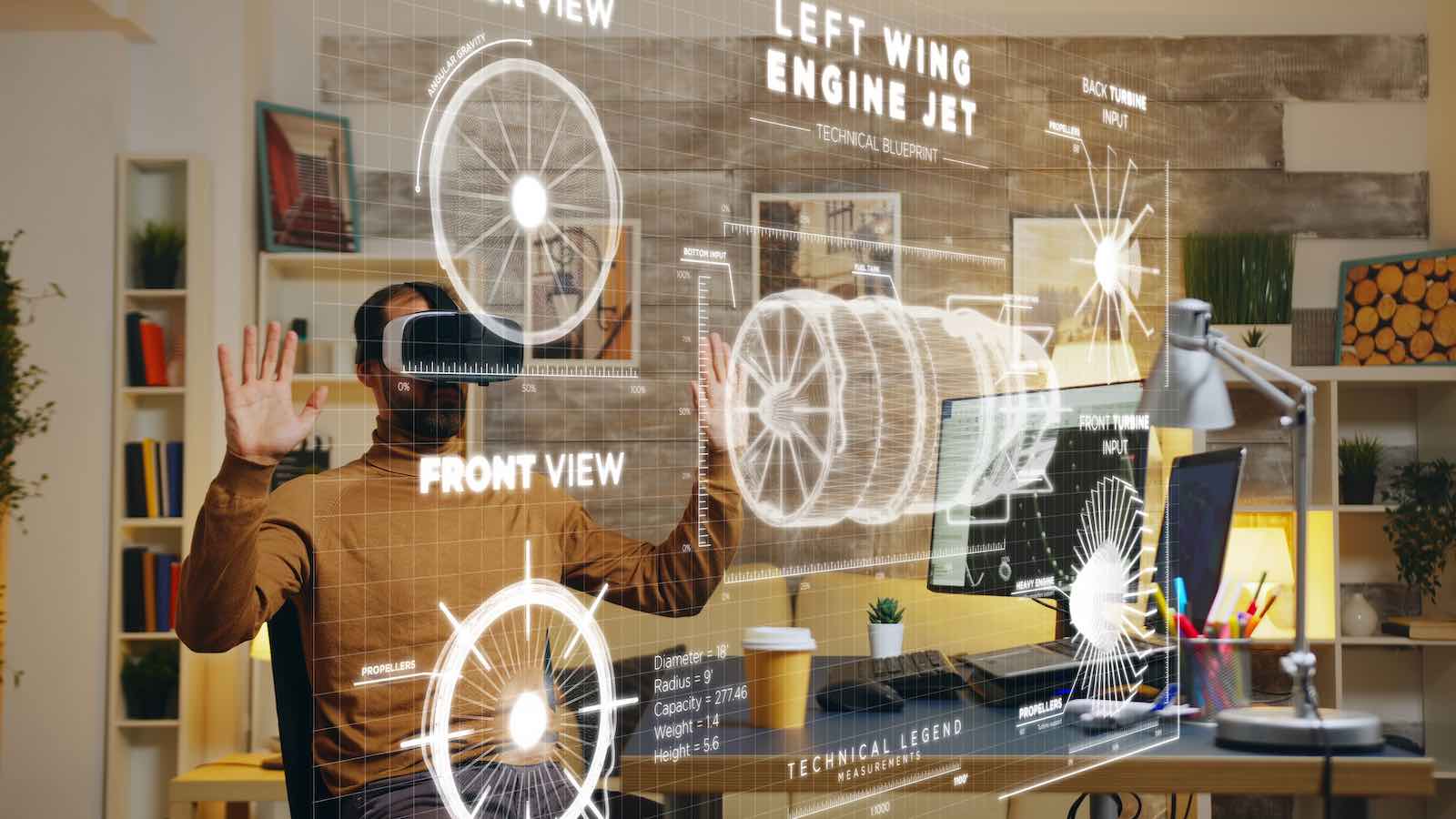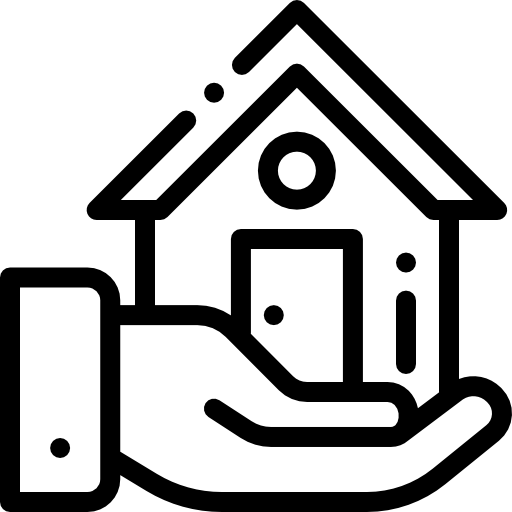In a digital marketplace driven by innovation, visuals make or break a sale. High-fidelity renders let customers examine every curve, texture, and finish long before production begins. This capability elevates online retail and accelerates design cycles.
With product rendering services, brands replace static photos with interactive, photorealistic previews. They reduce returns, boost engagement, and streamline approvals.
E-commerce platforms now integrate 3D product visualization directly into their galleries. Shoppers rotate, zoom, and even swap color schemes in real time. Meanwhile, engineers and marketers converge on the same digital prototype to refine features, test materials, and validate form factors. This overlap marks a pivotal shift in how products come to market.
The Rise of Digital Prototyping
Traditional physical prototyping is time-consuming and costly. Every design iteration demands new tooling or expensive mock-ups. In contrast, virtual prototypes live in the cloud. They evolve with instant updates, enabling global teams to collaborate without shipping models back and forth.
3D product visualization plays a central role here. A single polygonal model can generate exploded-view diagrams, AR previews, and animated assembly guides. These assets feed website widgets and sales presentations alike. No extra photography, no schedule conflicts, just one master file powering every channel.
Key Advantages
1. Speed to Market
- Digital prototypes appear days after a CAD update.
- Stakeholders approve renders faster than waiting for a factory sample.
2. Cost Efficiency
- You cut tooling and material waste.
- Multiple variants cost almost nothing to visualize.
3. Customer Confidence
- Shoppers interact with lifelike 3D renders instead of flat images.
- Detailed views minimize purchase hesitation and returns.
4. Brand Differentiation
- 3D Rendering Services create unique shaders, lighting, and environments.
- A consistent visual style across product lines builds trust.
5. Global Collaboration
- Engineers, designers, and marketers work on the same digital asset.
- Feedback loops shrink from weeks to hours.
Real-World Use Cases
- E-commerce Catalogs: Online retailers embed interactive viewers so customers can inspect textures and materials up close. This level of immersion drives higher conversion rates.
- AR Shopping Apps: Furniture brands let users place virtual sofas or tables in their living rooms via smartphone. This bridge between digital and physical space reduces buyer’s remorse.
- Manufacturing & Engineering: Workshops simulate mechanical tolerances and clearance checks with accurate virtual assemblies. Teams run interference analyses long before any metal is cut.
- Marketing Campaigns: Animated product reveals and social media teasers rely on dynamic renders. They adapt seamlessly to different aspect ratios and platforms.
- Instructional Content: Exploded-view animations, maintenance guides, and assembly tutorials all stem from the same master model, cutting content-creation time by up to 60%.
Across these scenarios, a well-executed 3D Rendering Services engagement elevates every touchpoint along the customer journey.
Workflow & Technology
1. Model Preparation
- Import CAD or create high-resolution meshes in 3D software.
- Optimize topology to balance detail and render speed.
2. Materials & Texturing
- Assign PBR (physically based rendering) shaders for metal, plastic, wood, and fabrics.
- Use HDR imagery for realistic reflections and ambient lighting.
3. Lighting & Environment
- Set up studio rigs or HDRI backdrops to mimic photo-studio quality.
- Employ global illumination and ray tracing for accurate shadows and caustics.
4. Rendering & Post-Production
- Batch-render stills or turntables on GPU farms.
- Composite passes, diffuse, specular, and ambient occlusion, in image editors or video suites.
5. Delivery & Integration
- Export WebGL or USDZ formats for web and mobile deployment.
- Embed interactive viewers or animated loops into e-commerce platforms.
This pipeline underpins enterprise-grade 3D product visualization and scales to thousands of SKUs with automated workflows.
Choosing the Right Partner
- Proven Expertise: Look for portfolios that demonstrate realism, material accuracy, and creative lighting.
- Technical Flexibility: Can they handle CAD, polygonal meshes, and scan-based assets? Versatility pays off.
- Turnkey Solutions: End-to-end product rendering services cover modeling, texturing, lighting, rendering, and web integration under one roof.
- Collaboration Tools: Shared review platforms with annotation, version control, and instant feedback accelerate sign-off.
- Local Support: For on-site photo setup or live consultations, proximity to your operations can be a game-changer.
At the outset, request a small proof-of-concept render. Evaluate quality, communication, and turnaround time before scaling up.
Conclusion
Product 3D rendering is redefining e-commerce and digital prototyping. It compresses design timelines, cuts costs, and delivers an unmatched shopping experience. From interactive online catalogs to augmented reality previews, 3D product visualization and 3D rendering services drive the next wave of digital transformation.
By leveraging advanced pipelines, spanning model prep, PBR texturing, GPU rendering, and WebGL deployment, brands unlock new levels of realism and interactivity.
For businesses in Dubai seeking expert product rendering services or comprehensive 3D rendering services, Limina Studios offers end-to-end solutions. Our local team manages everything from CAD import and shader setup to interactive viewer integration. Partner with Limina Studios in Dubai to bring your products to life, accelerate approvals, and captivate your customers with cutting-edge 3D experiences.























